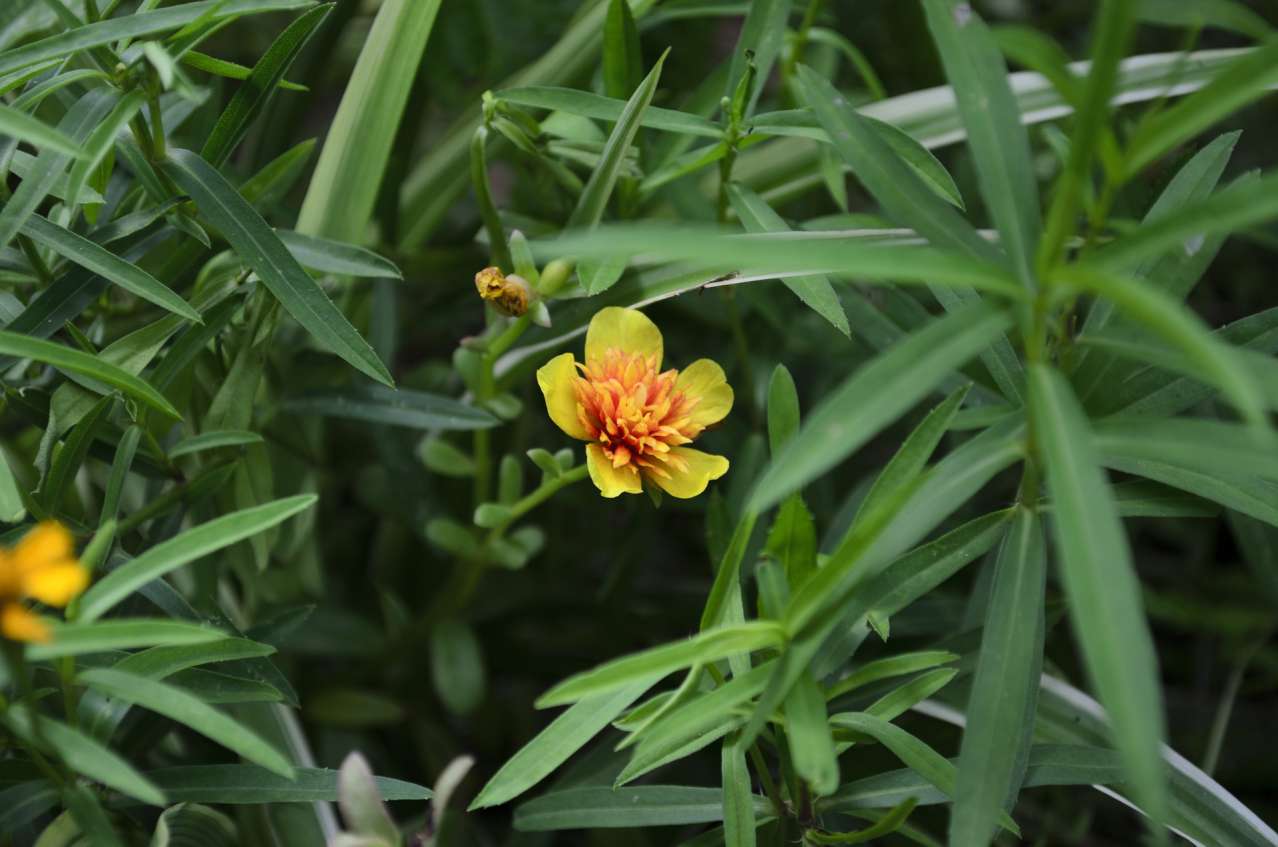Gardening Secrets: How to Grow Tarragon
The plant prefers a well-lit place. The soil should be light, without stagnant moisture.
At high humidity, the aroma of tarragon is lost, and growth slows down on heavy, clay soil.
How to plant tarragon at home
At the mother tarragon bush, in the spring or autumn, several shoots with roots are dug up.
Carefully trim the root system and plant it in a new location.
When planting, the root collar is buried 4-5 cm, watered abundantly and mulched.

After planting, the above-ground part is shortened to 15-20 cm.
Caring for tarragon Watering is moderate. Water the plants depending on weather conditions after 2-3 weeks.
Tarragon is fertilized once in the spring after the first weeding or before flowering.
When to prune tarragon
Tarragon is distinguished by good frost resistance, because it comes from Siberia.
Its root system can survive cold down to -35 ° C without loss, but the above-ground part dies in winter.
Therefore, with the onset of stable cold weather, when the stems turn yellow and wither naturally, they are cut off, leaving stumps of 5-7 cm.
How do tarragon winter
Tarragon has high frost resistance, so only seedlings transplanted in the fall are covered.
For this, humus, straw, peat, etc. are used.
Adult plants are cut off at the surface to the soil level and left to overwinter without additional shelter.
